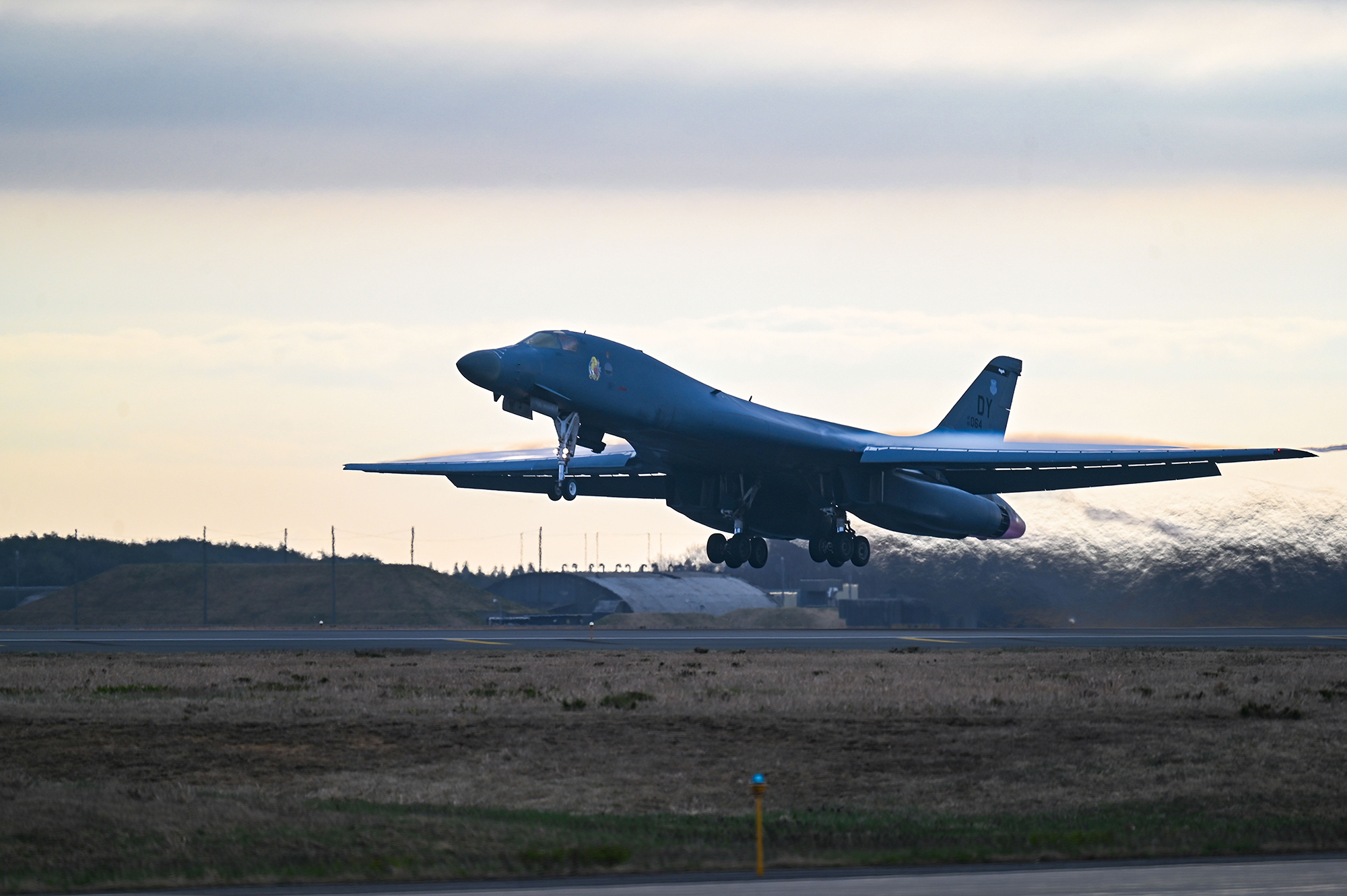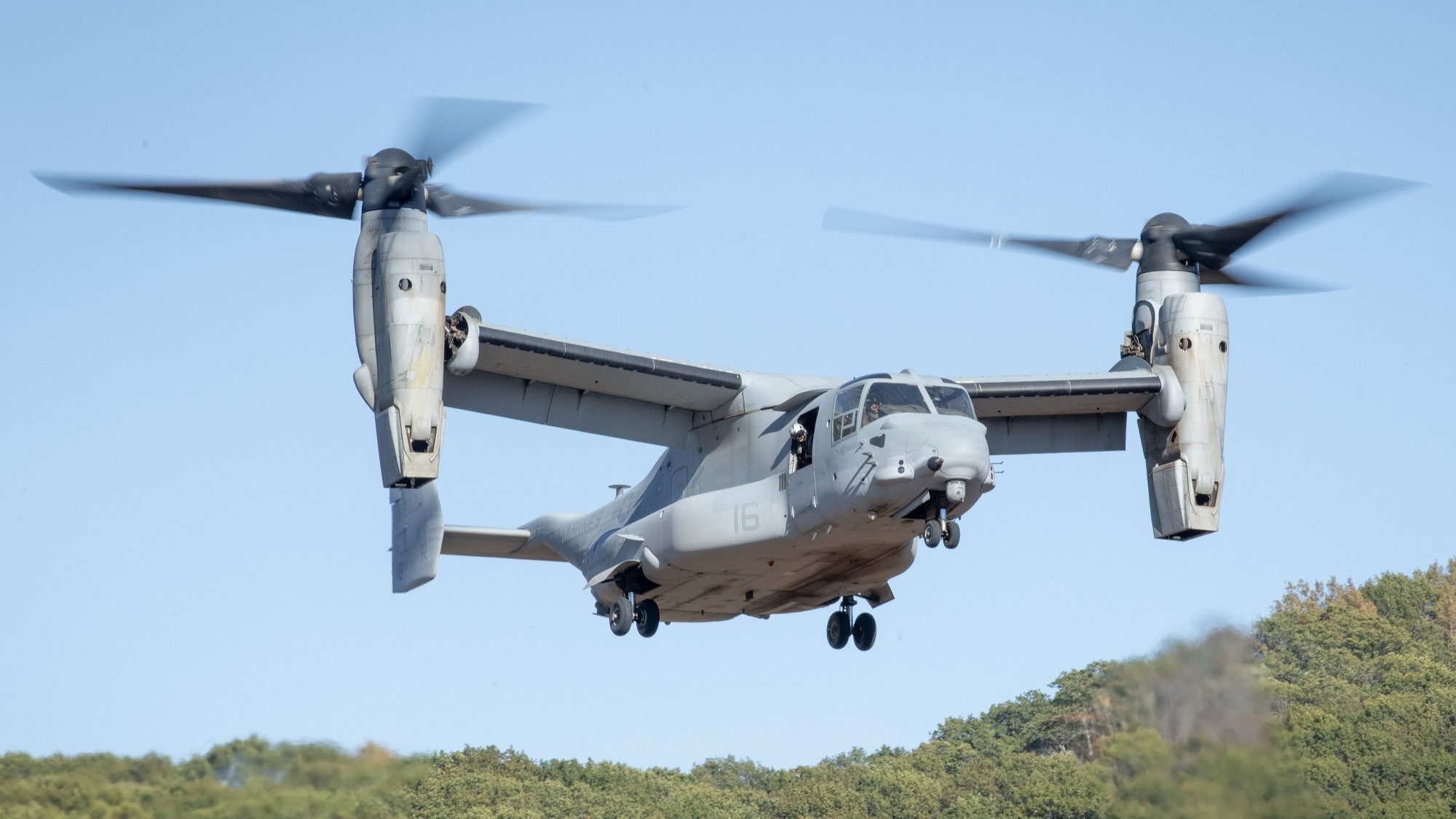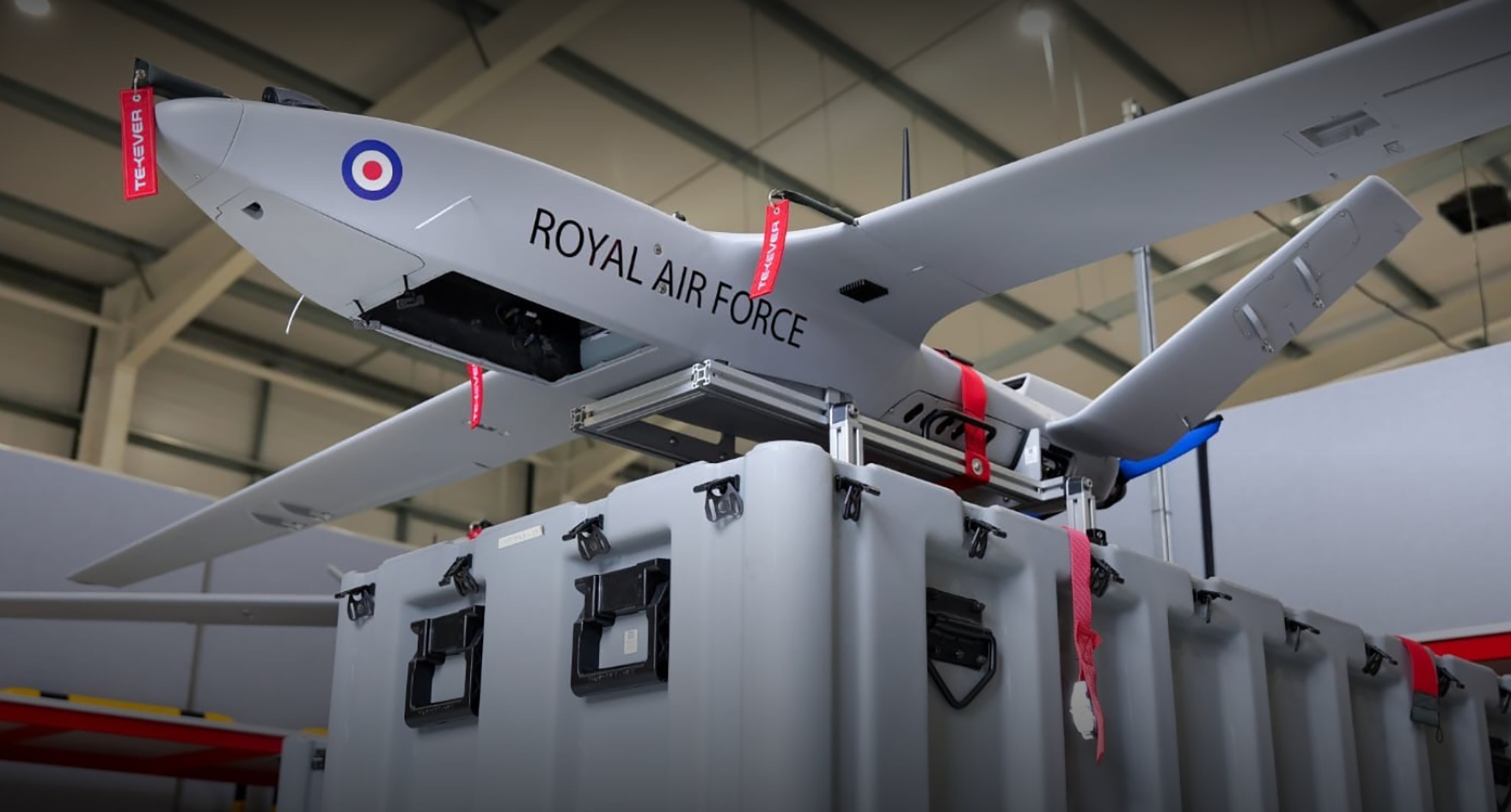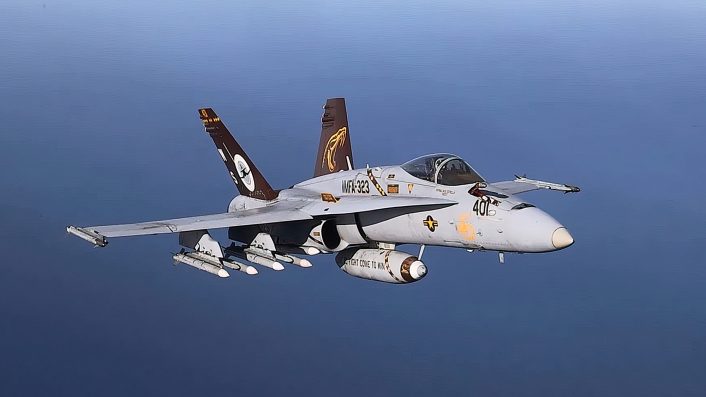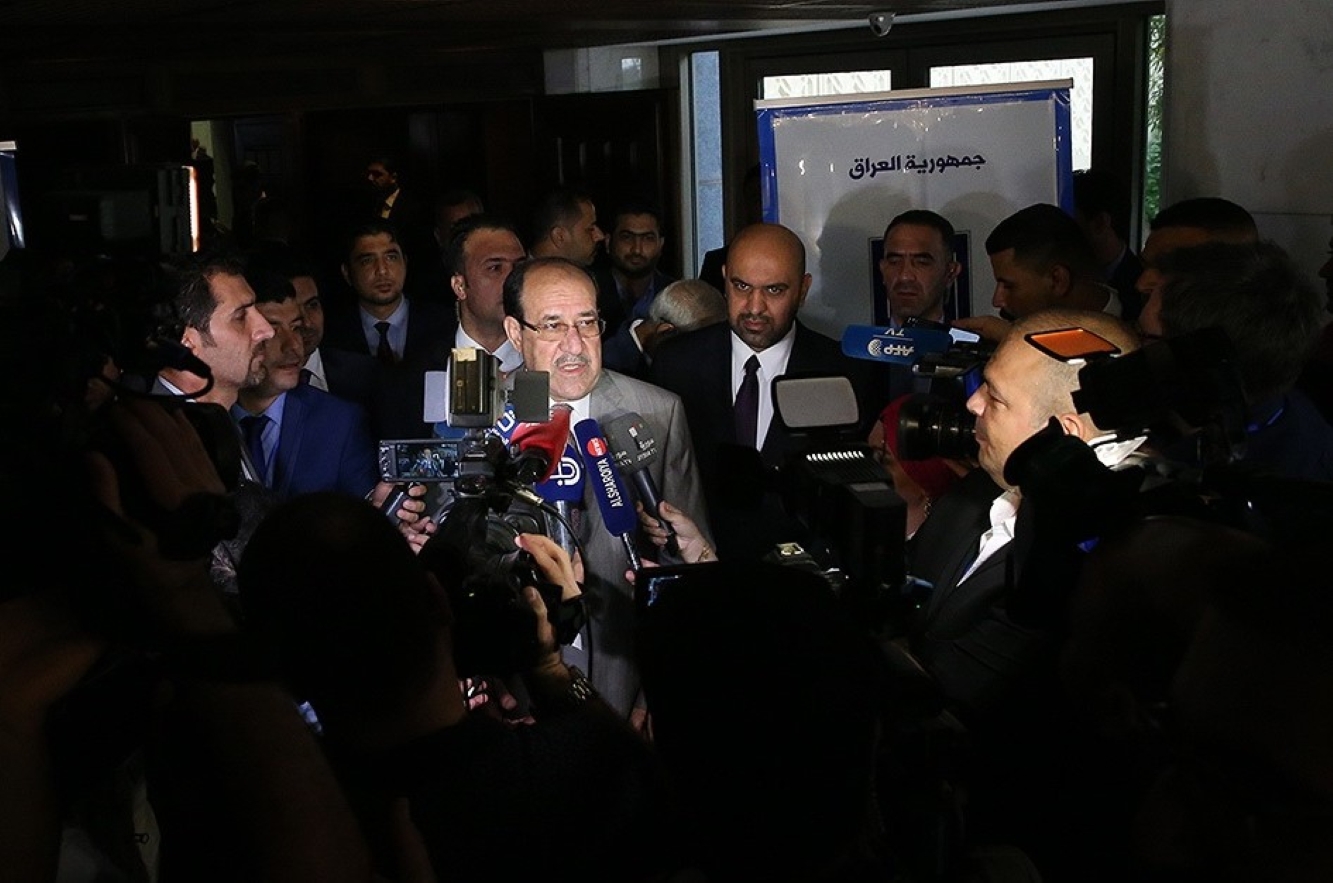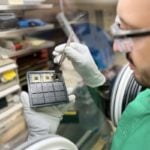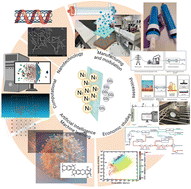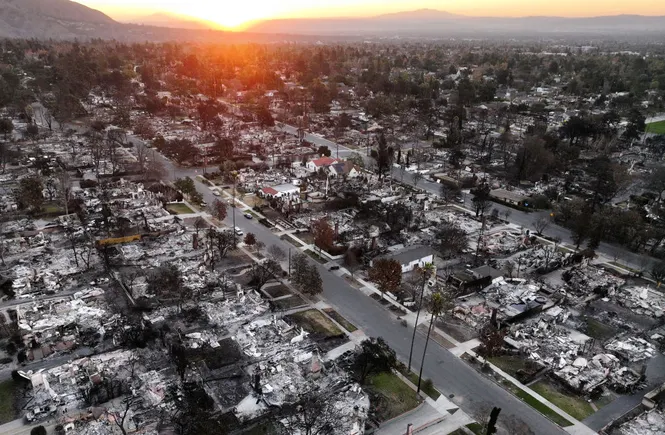Army to stand up new space career field for enlisted personnel in October 2026
Gainey noted that the MOS 40D mission area will include operating the service’s expanding ground-based electronic warfare arsenal for disrupting adversary space and counterspace systems.


Lt. Gen. Sean Gainey, commander, Army Space & Missile Defense Command, speaking at AUSA 2024 on Oct. 14. (Photo credit: Theresa Hitchens)
WASHINGTON — The Army has approved the creation of a new space career field for enlisted personnel expected to double the number of service space specialists. The new military occupational specialty (MOS), created by Space and Missile Defense Command (SMDC) and called “40D Space Operations Specialist,” is expected to become operational in October 2026, according to SMDC’s commander.
“We know from Army warfighting concepts that we need space capability. These soldiers will become the experts we turn to during the next conflict. Our Army space professionals support unique assets to interdict or disrupt adversaries use of space capabilities ensuring Army forces gain and maintain the initiative to fight for positions of relative advantage in all domains,” Lt. Gen. Sean Gainey told reporters at the Pentagon today.
“We know based off of our warfighting concept, and looking at some of the lessons-learned we’re seeing out of some of the ongoing conflicts, that being able to survive, shoot, move and communicate on the battlefield you really need to integrate the space capabilities,” he added.
For example, Gainey noted that the MOS 40D mission area will include operating the service’s expanding ground-based electronic warfare arsenal for disrupting adversary space and counterspace systems.
One such program is called “Tactical Integrated Ground Suite (TIGS)” that features a “larger aperture that allows us to do electronic warfare space capabilities at distance,” he said.
In testimony on Wednesday to the House Armed Services Committee, Gainey said that SMDC fielded two TIGS “space superiority systems” in fiscal 2024, and that it projects to field one more in FY25, plus another two in FY26.
In addition, Gainey said SMDC’s Technical Center is working on an early prototype of a portable electronic warfare platform that can couple into TIGS, or be detached for use by mobile units.
“Broadband Advanced Ground Radio (BAdGR) is an SMDC Technical Center science and technology demonstrator that leverages Army SMDC research to support [TIGS] in a small, modular form factor,” an Army spokesperson explained following Gainey’s briefing.
Gainey said that SMDC has “issued some of those initial prototypes to our Multi-Domain Task Force elements and [its] 1st Space Brigade element, and they’ve been testing,” as well as providing feedback on BAdGR performance to the tech center “on how to improve it.”
He explained that the mission of soldiers in the new cadre is different from the Space Force’s role protecting joint forces from space-enabled attacks by adversaries, in that it is focused specifically on supporting Army forces pushing deep into enemy territory.
“Where the differentiation occurs is that Space Force is going to focus on the on-orbit fight and some of the other areas [such as] missile warning,” he said. “We as Army Space are focused on the tactical maneuver fight with our forces on the ground, pushing that capability forward so our forces have that capability at echelon, at formation, to be able to leverage the effects of a space based system … at time of need.”
The Space Force has “acknowledged” the Army’s space role, Gainey stressed. “It actually allows Space Force the flexibility to do a range of mission sets up to orbital warfare.”
He explained that the two services work closely under the auspices of US Space Command (SPACECOM) — with the Space Force’s component command to US Space Command, called Space Forces-Space, SMDC and the the Marine Corps all providing trained and equipped space warfighting personnel to SPACECOM.
SPACECOM, as a combatant command, will be responsible for integrating those capabilities and managing joint force space operations in any future conflict.


























































































